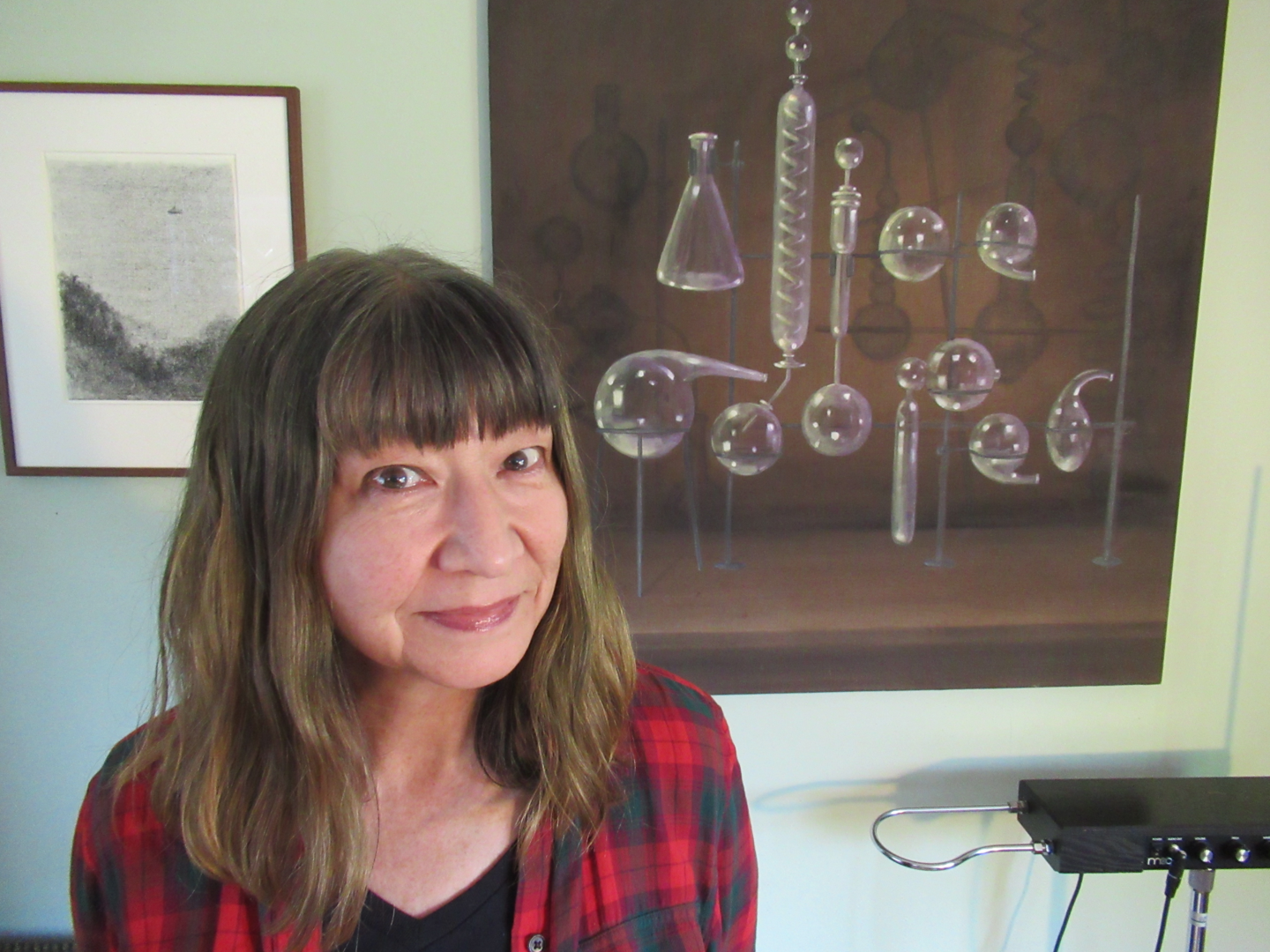Jill Bain teaches art history at UFV and has done so since the early-’90s. Before teaching at UFV, Jill studied in Rome, London, and New York. After graduating from the University of Victoria, she went on to teach courses there on early medieval art and women and art. Running parallel to Jill’s passion for art history is her love of music. She began playing the piano when she was quite young and later became a guitarist in a rock band.
What led you to choose art history as a profession?
I fell in love with the discipline of art history after taking my very first course in it. For me, much of its appeal is that it is so interdisciplinary. I’ve always been interested in many areas of the humanities; art history seemed to me to be a way of combining those many interests in a study of art, architecture, and visual culture that connected in a meaningful way with every branch of the humanities (and beyond, of course, to engineering, math, the sciences — but those weren’t exactly my strengths in academia).
Your background in art history is extensive. Are you equally educated as a musician?
No! Well, at least not in the traditional sense. Other than Royal Conservatory piano, my musical education has been more or less self-taught, which went along with my old-school punk ethic of DIY. But I’ve had a fair bit of experience as a musician (gigging, writing, recording, etc.), which I think also counts as education. But in addition to playing music, I should also mention that I’m a huge fan of many genres; one of my favourite undergraduate courses was a historical survey of classical music, and I incorporate a number of examples of 20th century musical genres (experimental, pop, rock, jazz, etc.) in our Art Practices and Popular Culture course.
What was the best part of living and studying in Europe?
Pretty much everything. For an art historian interested in medieval and early modern European culture, it has been a dream come true to spend so much time in places like London, Paris, Rome, and elsewhere in Italy, where it is possible to have first-hand and daily encounters with the art and architecture that is the focus of my studies. The libraries are also fantastic — it is a thrill to work in places like the British Library in London, and the Vatican Library in Rome, repositories of some of the most famous manuscripts on Earth. The educational and aesthetic riches of these European cities also includes their food. When I first started travelling and studying in Europe (back in the ‘80s), the Lower Mainland wasn’t exactly a food mecca, so I really learned a lot about how to eat well, and began to appreciate that this is also an important part of one’s physical and emotional well-being.
What places in Europe do you recommend that students go to experience Renaissance art?
That really depends on one’s interests as there is such a wealth of material, but the “biggies” of Florence, Venice, and Rome really shouldn’t be missed. (Although I would recommend going in the off-season to avoid the mobs if at all possible.) Smaller cities like Arezzo, Ferrara, Urbino, and Mantua are less packed with tourists but chock-full of dazzling examples of Renaissance art and architecture. But I’m showing my Italian bias — there are many places in Northern Europe that are equally wonderful. It becomes difficult to make blanket recommendations as there is just so much to see. Just go; anywhere! Travelling is one of the greatest forms of education, and UFV has all sorts of opportunities for study abroad.
How do you unwind when you’re not teaching?
I love hanging out with my family (my partner and our two teens). Fortunately, we share a number of interests, primarily in music, movies, and food, so we go to as many concerts as possible (from the VSO and new “classical” music to Jack White, Flaming Lips, etc.) and prefer movies on the big screen. We also like cooking and eating good food, usually of the Italian persuasion, and going out for things we don’t make well ourselves, like dim sum and sushi. And I must confess that I love my one-hour commute to and from work for unwinding on my own, accompanied either by CBC Radio or some really loud music.
Image: Jill Bain


